Summary: Near-death experiences are common and can shed light on what happens after death, and many people who experience them report that it fundamentally changes their view of life and death. In this series on NDEs, we look at what they are and the common threads that weave through many of them.
Do you ever wonder what happens when we die?
Have you ever known someone who has been declared clinically dead at some point, but who ‘lived’ to tell the tale?
It happens to 4-15% of the general population, and many people in this situation, have reported experiencing other dimensions, meeting deceased loved ones or conversing with the Divine. These cases are called near-death experiences or NDEs and there is a vast amount of evidence on the subject that never really makes it to mainstream media.
However, the profound changes that many of these people experience in their subsequent lives, the spiritual gifts that they return with, and the sheer number of very similar experiences documented, mean that any rational person should at least learn more about them before dismissing them out of hand.
To my mind, these are very real proof that the soul survives the death of the physical body but let’s look at some of the evidence and you can make up your own mind.
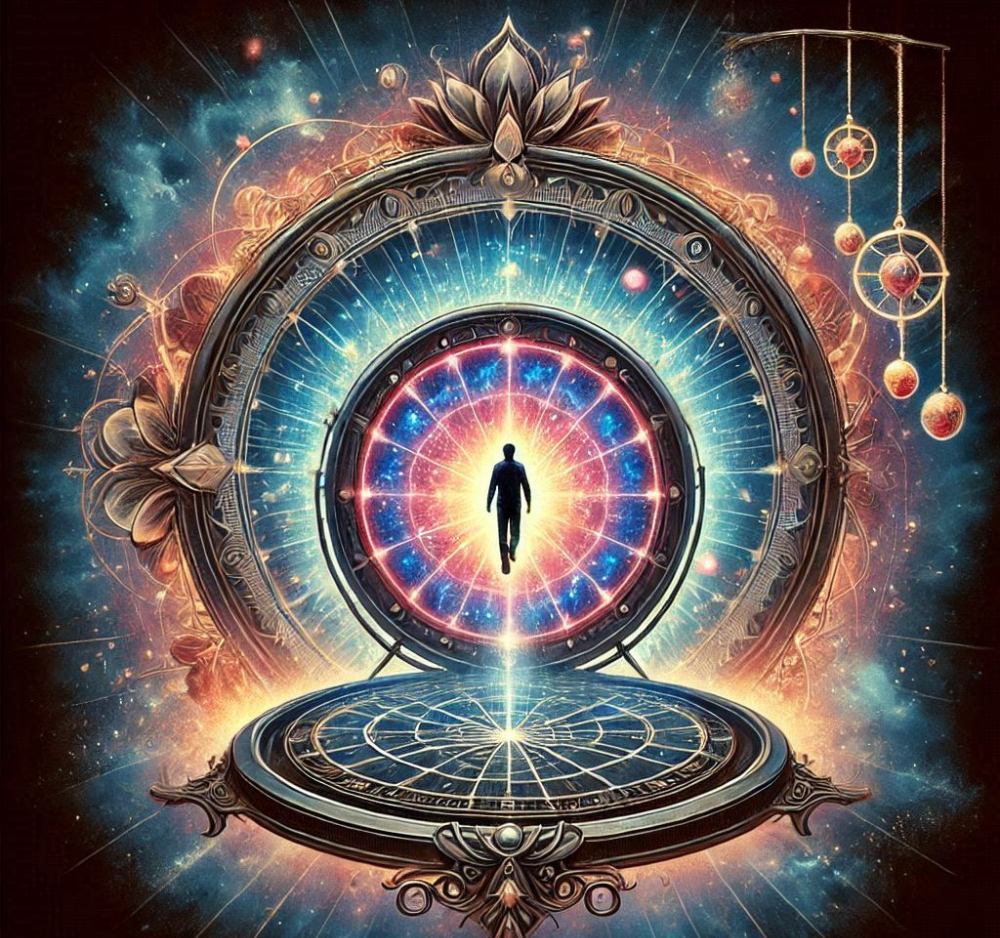
The Universality of Near-death Experiences (NDEs)
Near-death experiences (NDEs) are profound psychological and spiritual events reported by people who have come close to death or been in situations where death seemed imminent or actually happened, often as a result of an accident or complications whilst the person is undergoing surgery.
These experiences often include elements that feel deeply meaningful to those who have them, influencing their beliefs about life, death, and the afterlife. NDEs have been recorded throughout history by different cultures, for example:
- Plato’s Myth of Er (380 BC): This is one of the earliest recorded NDEs and is found in Plato’s “Republic.” The story describes a soldier named Er who dies in battle and revives twelve days later, recounting his journey to the afterlife. Although a myth, it shaped thoughts about an afterlife for centuries.
- Tibetan Book of the Dead (8th century): Tibetan Buddhism’s “Bardo Thodol” describes a state between death and rebirth, with visions and encounters similar to modern NDEs.
- One of the earliest documented accounts comes from the 11th-century monk, Hildegard of Bingen, who had mystical visions that she described as encounters with divine light and otherworldly realms. While her experiences weren’t explicitly described as NDEs, many of the themes are consistent with what people report in modern NDEs, such as encounters with spiritual beings and a sense of transcendence.
- Sir Owain’s Vision (12th century): The story of a knight named Sir Owain, who after falling ill and being presumed dead, describes a journey to an otherworldly realm that mirrors some contemporary NDE narratives.
- Phantasms of the Living (1886), by Frederick W. H. Myers, is an example of an early work where the author mentions accounts of individuals experiencing vivid dreams or visions during near-death experiences.
These historical accounts show that NDEs are not confined to any one culture, religion, or time period. They are part of a broader human experience that transcends geographical and cultural boundaries.
Despite these historical references, the modern-day term “Near-death experience” was first coined and popularised by Dr. Raymond Moody in his 1975 book “Life After Life.” In this, his first book on the subject, Dr. Moody described and analysed the experiences of people who had come close to death his work brought widespread attention to the phenomenon and helped establish the term “NDE” in both scientific and popular discussions.
What he found is that there are many common features of NDEs that people experience.
Key aspects of near-death experiences:
1. Common features:
- Out-of-body experience (OBE): A sensation of leaving the physical body and observing it from a different perspective
- Tunnel phenomenon: The perception of moving through a dark tunnel toward a light
- Bright light or beings of light: Encountering a warm, loving light or other spiritual beings
- Life review: A vivid replay of significant life events, often accompanied by a deep understanding of their emotional impact and the effect on other people
- Feeling of peace: A profound sense of calm, love, and detachment from earthly worries and concerns
- Encountering deceased loved ones: Meeting or communicating with those who have passed away
- Choice as to whether to return: A decision or a sense of being sent back to the body, often because their time on Earth is described as being unfinished
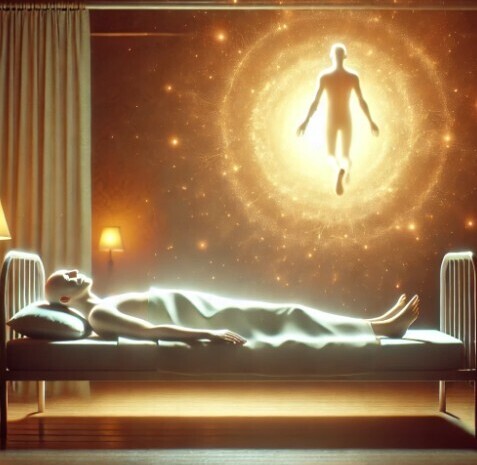
2. Cultural and personal influences:
NDEs have occurred all over the world. The content of NDEs may vary across cultures, though many elements are universal. For example, individuals from different religious backgrounds often interpret the “light” or beings differently, reflecting their beliefs and expectations.
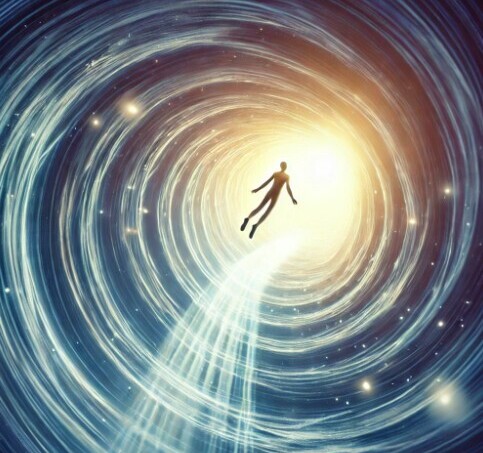
3. Lasting transformative effects:
People often report profound changes in their worldview, such as reduced fear of death, increased spirituality, and a stronger focus on love and compassion. Many people change their entire life after experiencing an NDE and some return with spiritual, healing or clairvoyant gifts.
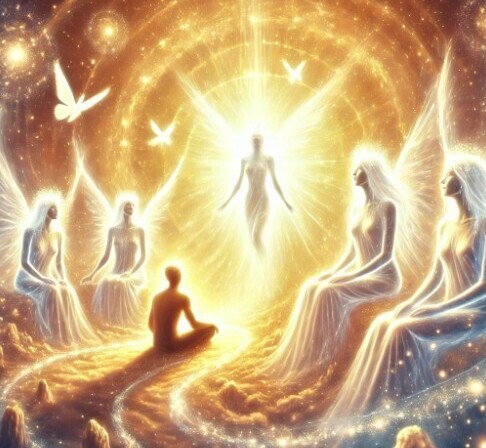
The International Association of Near-Death Studies (IANDS)
Since the 1970s, many people have come forward with stories of NDEs and reported them to the International Association of Near-Death Studies (IANDS). It was founded in 1981 by leading researchers, and today provides research, information and education about near-death experiences and related subjects. They also support those who have had near-death experiences and membership is open to anyone with an interest in the subject.
I am a member of the association and have found a lot of useful information on the website including groups, discussions and webinars.
In an effort to help explain NDEs to people who have not experienced, them, they have created a video of a virtual experience which you can view on YouTube:
Scientific perspectives on NDEs:
Science has been trying to come up with an explanation of NDEs for years, and this has resulted in a number of theoretical perspectives, such as:
1. Neurobiological explanations:
- Hypoxia or Anoxia: Lack of oxygen to the brain during critical moments can lead to visual and auditory hallucinations
- Temporal lobe activity: The temporal lobe is linked to experiences of spiritual and mystical phenomena, including OBEs
- Neurotransmitters: Surges in brain chemicals like endorphins or dopamine during traumatic events may induce euphoria and visions
2. Psychological theories:
- Survival mechanism: NDEs might be a mental coping strategy to reduce fear of death in critical moments
- Memory reconstruction: Some researchers suggest NDEs are vivid recollections or imaginations formed while regaining consciousness
3. Quantum and consciousness theories:
Some scientists, like physicist Roger Penrose, propose that consciousness may exist outside the brain and interact with the universe on a quantum level. This could provide a framework for understanding NDEs as more than purely biological phenomena
4. Sceptical views:
Critics argue that NDEs are subjective experiences without external validation, making them difficult to study scientifically. They may attribute NDE phenomena to cultural conditioning and brain activity rather than evidence of an afterlife.
In recent years, Dr Raymond Moody has written a book called “Proof of Life After Life” where he talks about ‘shared death experiences’ of SDEs which are experiences which can be corroborated objectively by evidence from one or a number of other people.
What do YOU think?
I personally do not believe in death and believe that our consciousness is eternal. To me, it is amazing that so many people have had similar experiences and yet this is still not often talked about in the mainstream media.
How differently would we live if we all knew that everything we ever did or thought was recorded and would be played back to us upon our transition into the non-physical realm? Not in any judgemental way, but as a way for us to learn to love more and to develop our eternal soul.
I have always felt homesick for a place I knew in my heart existed and where there was such love and acceptance as we have never seen on Earth. For me, reading about these experiences awakens something deep inside me and confirms what I have known all along. That is one of the reasons I started this website.
What do you think?
Let me know in the comments what your views are…
Related articles
Review of “Proof of Life After Life

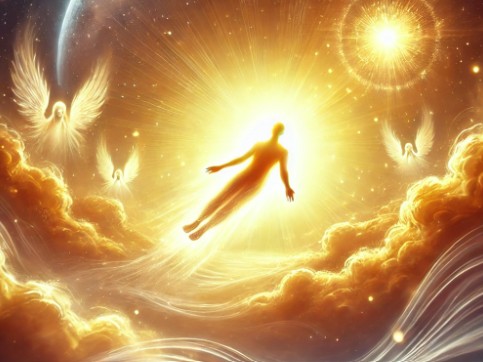
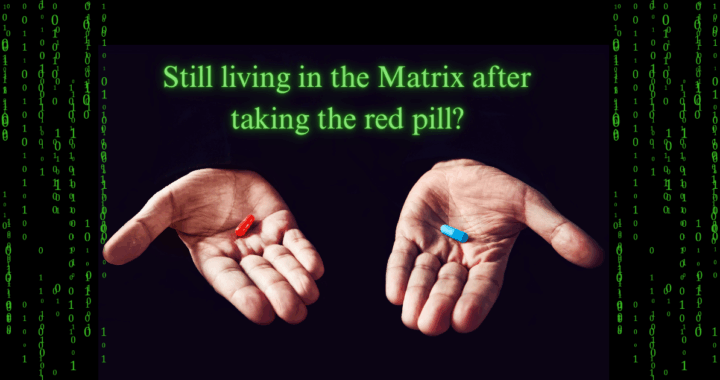
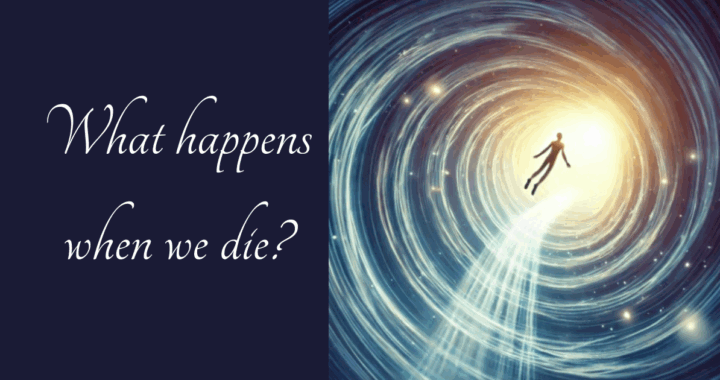
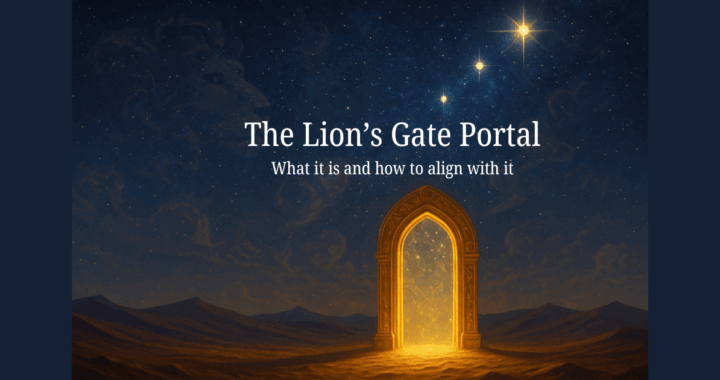
This was a fascinating read! The common elements in near-death experiences, such as the sensation of leaving the body or encountering a bright light, seem to transcend cultural and religious boundaries, which makes the topic even more intriguing.
Do you think these experiences point to something beyond the physical, or could they be entirely explained by neurological and psychological factors? Also, were there any unique or less commonly reported experiences that stood out in your research?
Hi Laura. Thanks for reading the article and for interacting with me here at thecreativechoice.org. I’m glad that you found the article interesting – it’s a subject that I have almost become obsessed with in the last few years, and I have watched a lot of NDEers talk about their experiences on YouTube and in podcasts. I’ve also read some of the many books about the subject too. In my opinion, NDEs have nothing to do with neurological or psychological factors, although undoubtedly there are a few cases where this is the case. However, in the majority of real NDEs, the fact that the people return and completely change their lives, come back with gifts and and completely different outlook, is enough for me. When you watch some of these interviews and accounts too, you really get to connect with the person behind the story – you can see their emotion, how this has changed them profoundly, and you can feel their authenticity. I highly recommend that if you are interested in the subject, you watch a few online experiences and make up your own mind. To answer the second question, each NDEer has a different experience, despite the multitude of commonalities. I believe this is because like in life, we all have different perspectives which colour our life. I think the same is true in the non-physical realms. However, the fact that we are all connected to Source and are all one, is something that I believe is just who we really are.
Hi Gail. Your article on near-death experiences (NDEs) presents an intriguing exploration of the common threads that run through many NDEs across cultures and time periods. It’s fascinating to see how universal experiences like out-of-body sensations, life reviews, and encounters with a loving light or deceased loved ones are reported by people worldwide. This shared human experience, whether viewed through a spiritual or scientific lens, offers deep insights into our understanding of life, death, and what might lie beyond.
For me, it raises profound questions about the nature of consciousness and the soul’s journey after death. The lasting transformative effects many individuals experience also add a layer of complexity to the conversation. Whether or not one believes in an afterlife, these experiences often prompt a reevaluation of one’s life, encouraging a greater focus on love, compassion, and personal growth.
This topic has always intrigued me, especially considering the powerful testimonies of individuals who report profound changes in their lives after an NDE. The combination of personal stories and the scientific theories that try to explain these experiences provides a compelling case for anyone interested in the mysteries of human existence and the potential for life beyond death.
Hi Robbie. Thanks for taking the time to read the article and offer your thoughts here. I’m glad you found it useful and something to think about. I really urge you to watch some of the video testimonies on YouTube as they are a very eye-opening experience and one which I think can honestly inform the debate here.
Hi and thanks for sharing this. You could say there is another perspective on existence and consciousness into which the commonality of near death experiences and inferences we can draw from them neatly fit. That is to understand the phenomenal universe as being first and foremost a manifestation of consciousness. In other words consciousness comes first, energy and matter follow. This in effect turns today’s more commonly held scientific view on its head. That would be the view that consciousness, and in particular human consciousness emerges after complex evolution routed in matter and energy, and once the physical conditions that support human consciousness no longer hold, in other words a human body is no longer capable of supporting an individual’s life, that life dies and that human consciousness dissolves or disappears. But if we take a diametrically opposite view, that consciousness is primary, energy and physical matter are condensations of consciousness. Mystics down the ages have expounded this view. Helen Blavatsky of the 19th century is a good example. Drawing on the knowledge of the Veda’s for example, one could say that the first act of bringing a universe into existence is to know itself. That this act sets the universe in motion. Just a thought, maybe. But then again from this perspective, so is our whole universe. Cheers, Andy
Hi Andy, thank you so much for your thoughtful comments here. I like the fact that you have thought about the topic and come up with some insights for yourself. That really is the way to go. Madame Blavatsky was one of many people who have been trying to tell us their wisdom over the years, and before the age of ‘science’ much of this wisdom was properly understood and used in daily life. However, as with all cycles, we are coming back and whilst science and spirituality may have gone down different paths, they are both now returning to the same point. This is as you said; consciousness exists well before physical matter and our currently known universe and we are all a result of this consciousness seeking to know itself. Intriguing ideas indeed! Thanks again and I hope you will stop by again soon.